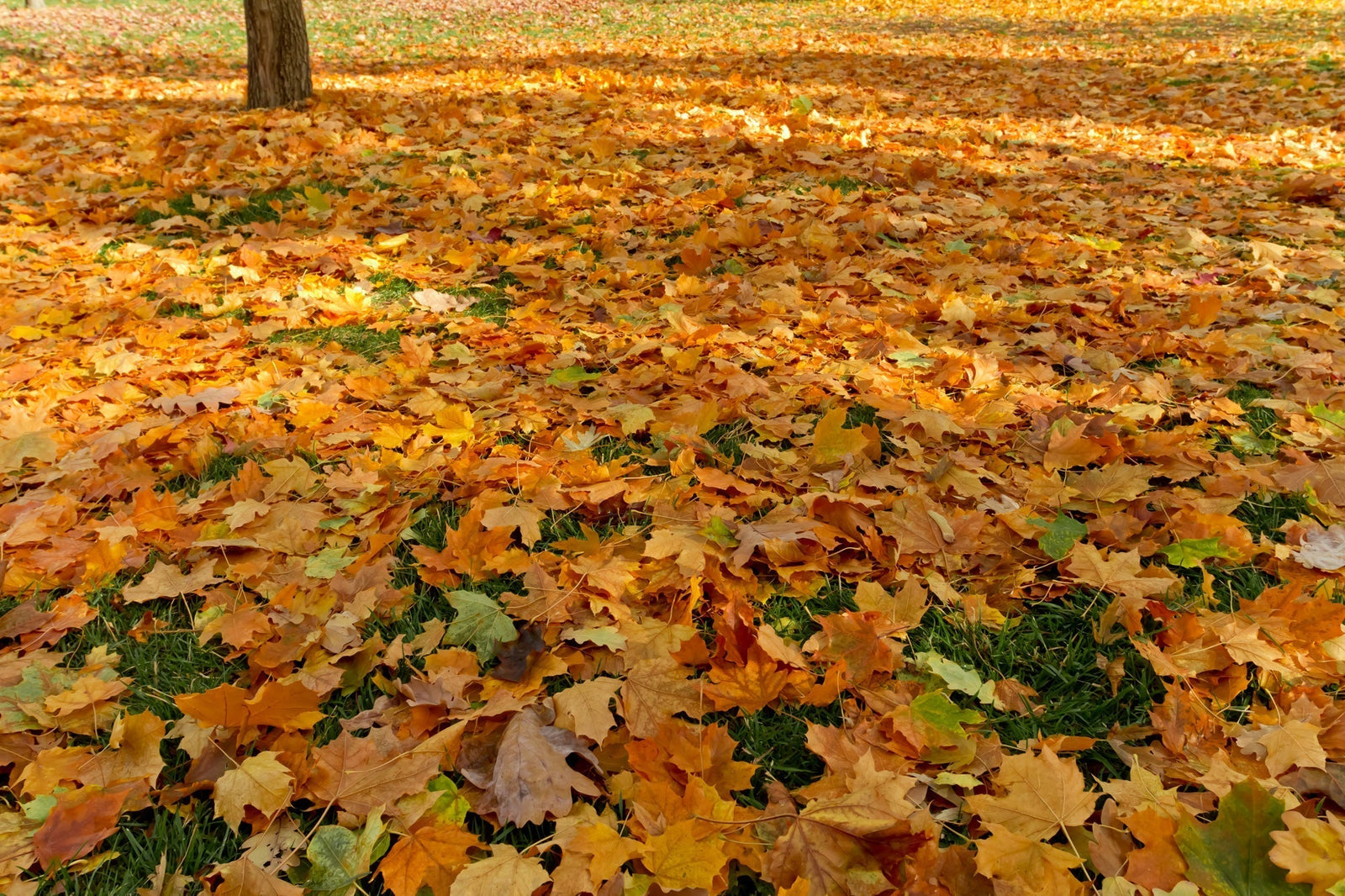Protecting and keeping plants safe involves various strategies and products depending on the specific threats your plants face. Here are some common plant protection products and methods:
- Row Covers: Row covers are lightweight fabric or plastic covers that can be draped over plants to protect them from pests, harsh weather, and frost. They allow sunlight, air, and water to reach the plants while creating a barrier against insects and other pests.
We recommend the Giant Easy Poly Tunnel!
- Fencing:Fencing can be used to keep out larger pests like deer, rabbits, or groundhogs. Choose a fence height and material that's appropriate for the size and behavior of the pests in your area.
- Insect Netting: Insect netting is a fine mesh fabric that can be draped over plants or attached to hoops to create a protective barrier against insect pests. It allows sunlight, air, and water to penetrate while keeping out pests like aphids, caterpillars, and beetles.
- Physical Barriers: For individual plants or vulnerable areas, physical barriers like collars or sleeves can be used to protect against specific pests or environmental threats. For example, collars made from cardboard or plastic can prevent cutworms from damaging young seedlings.
When choosing plant protection products, consider the specific needs of your plants, the types of pests or threats they are facing, and your gardening practices and preferences. Integrated pest management (IPM) techniques that combine multiple strategies are often the most effective and sustainable approach to plant protection.





Leave a comment (all fields required)